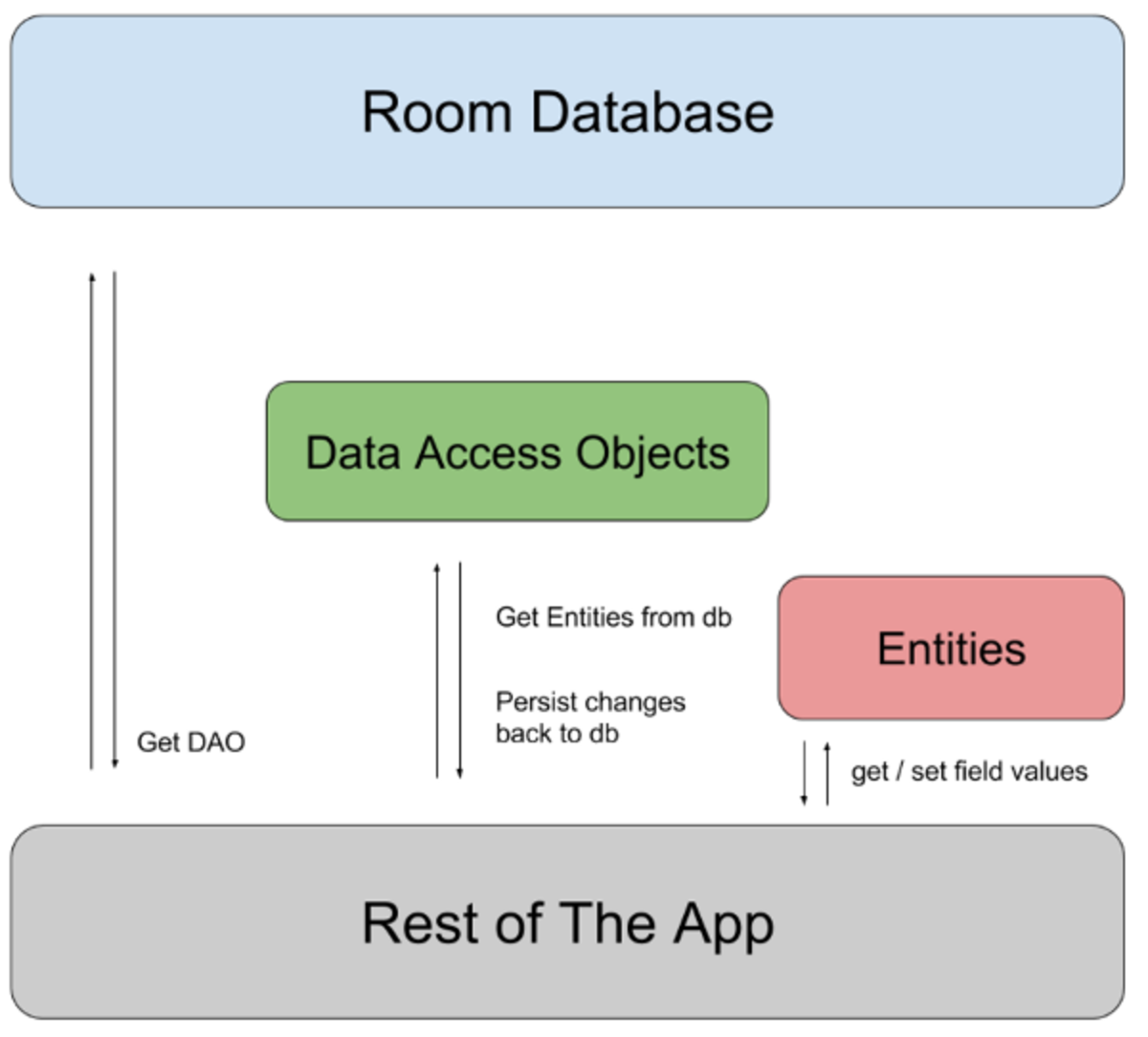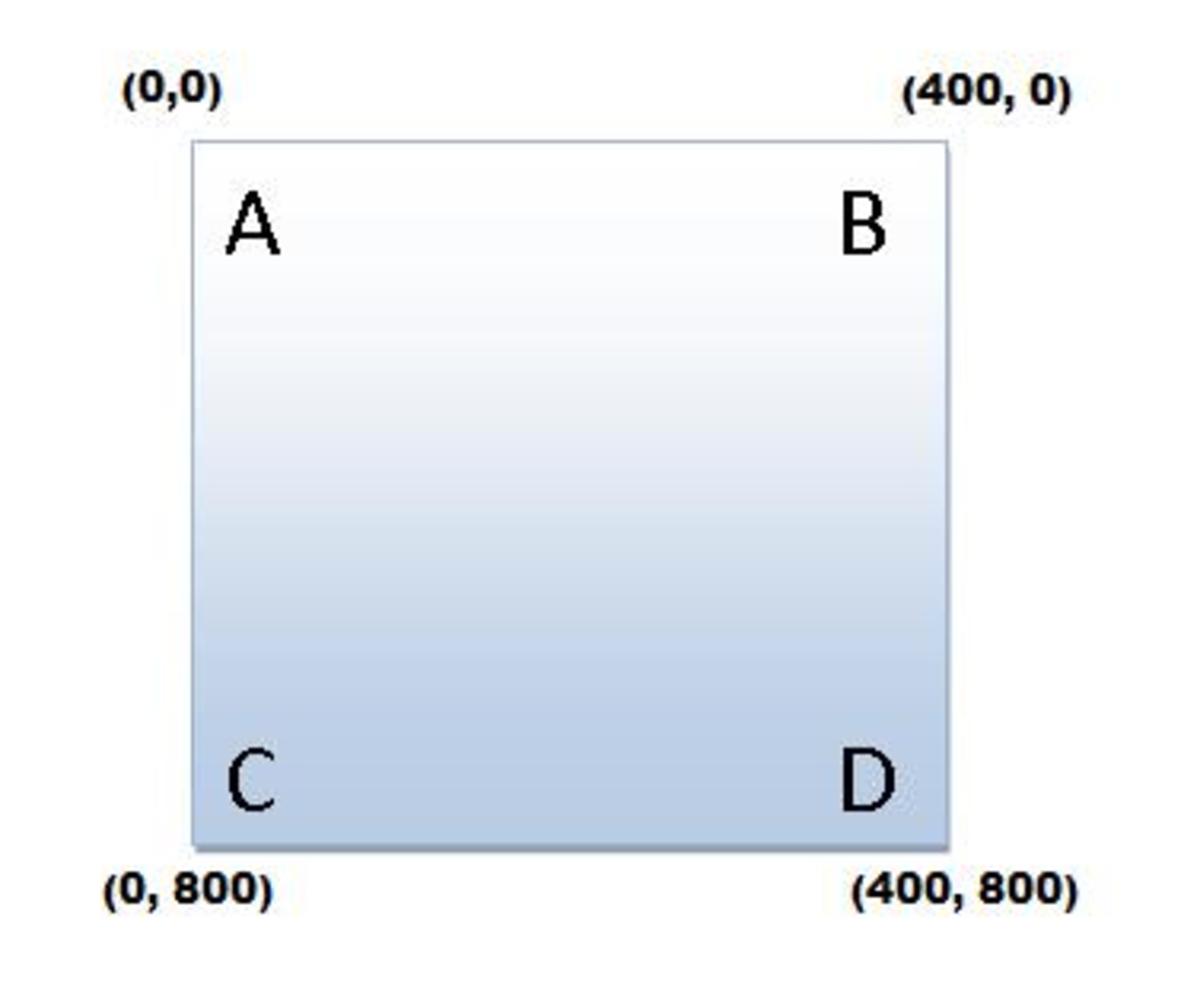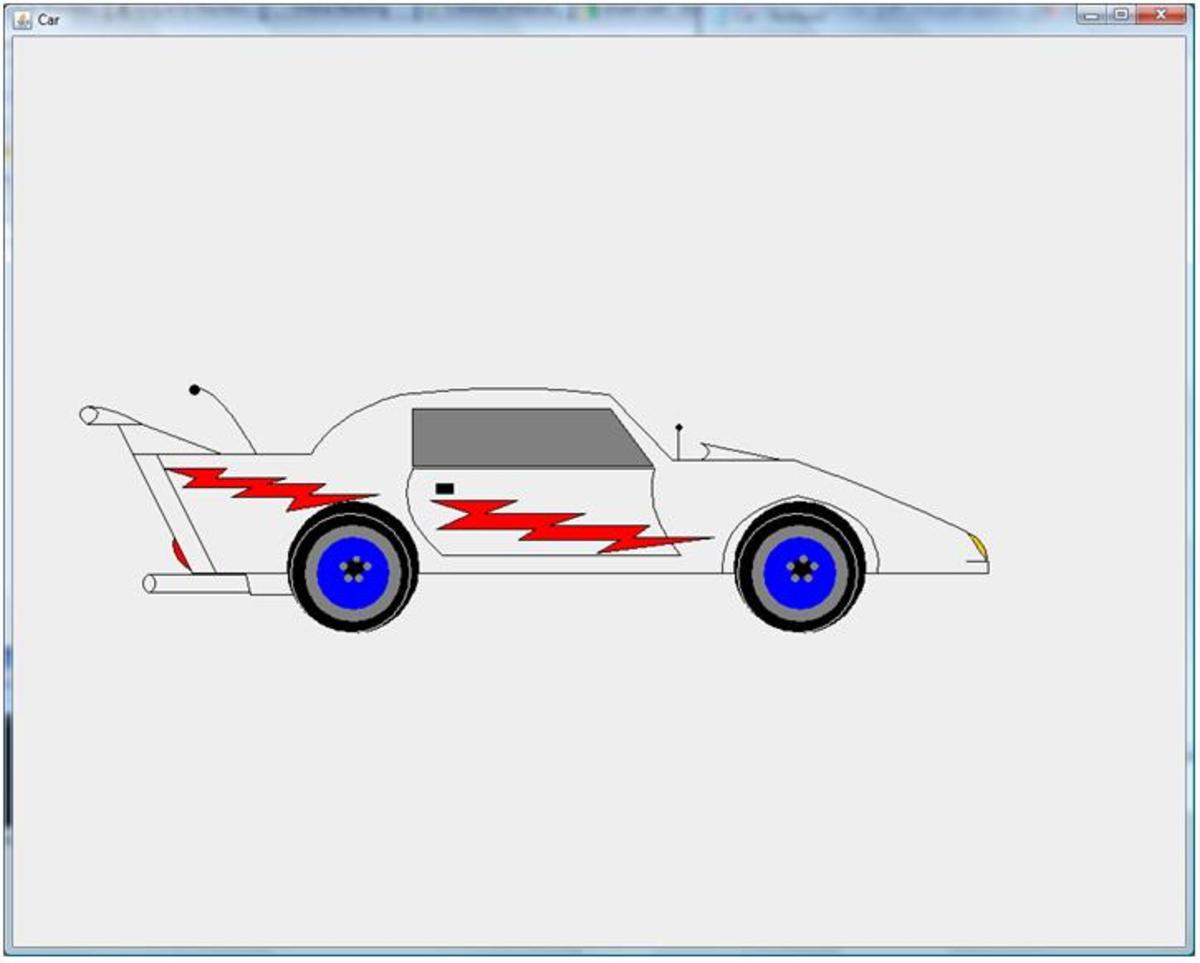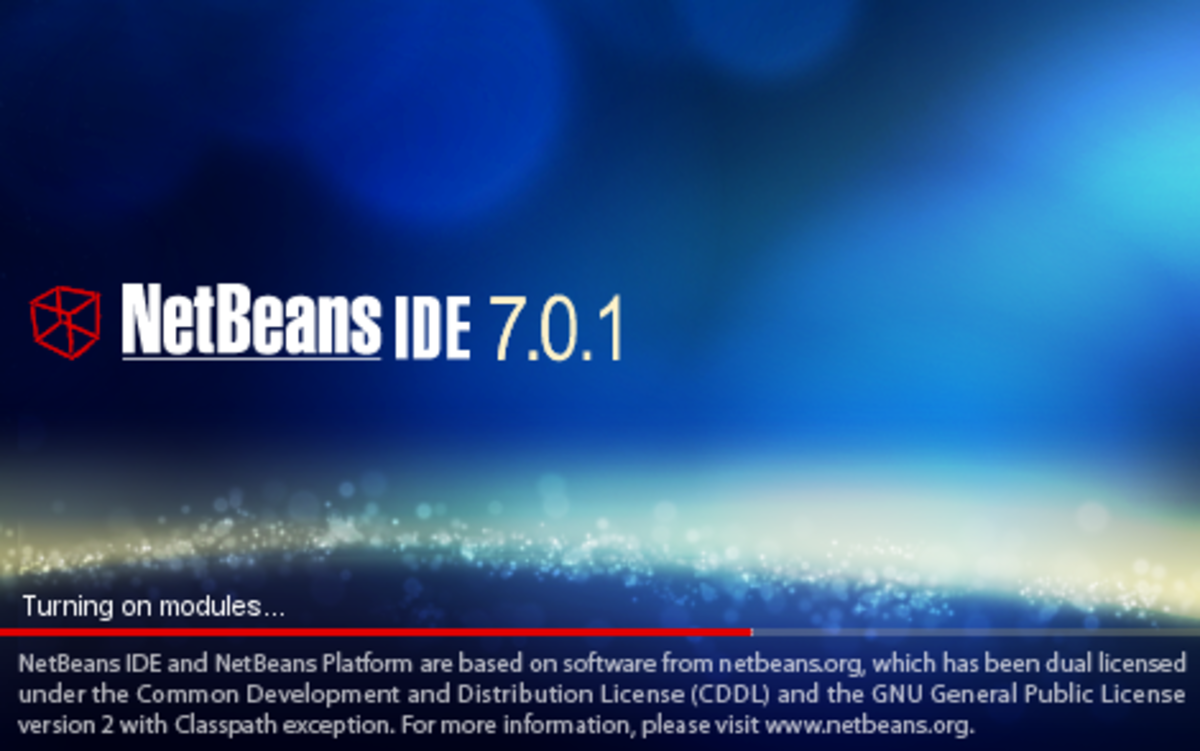What is the OSI Model?
OSI MODEL
Osi stand for open system interconnection . it is networking reference model . it was proposed in 1984 by ISO .(international standard organization).It is the most widely accepted model for providing network communication identity .
osi model provide a useful structure for defining and describing various process of networking . It deals with the open system that is systems that are open for communication with other system
Osi model organizing communication process into seven buyers . each there has a specific independent function in a set of protocols are defined for each layer . the seven layers of osi model are given as .
1)Application layer
2)Presentation layer
3)Session layer
4)Transport layer
5)Network layer
6)Data link layer
7)Physical layer
PHYSICAL LAYER
The first layer of osi model is a physical layer.
Physical layer deals with sending and receiving of bits from one computer to another. It deals with the physical connection through the network and with transmission and receiving of signals .in this layer protocols for physical an electrical detail such as
1) Transmit bits
2) Specifies requirements for how transmission occurs
3) Insure compatible data transmission with other devices
most commonly use standard of this layer are I.E.E.E 802.3, I.E.E.E 802.4,I.E.E.E 802.5 and A.N.S.I , F.D.D I
- What is Data Communication?
Data communication is the transmission of electronic data over some media. The media may be cables, microwaves. Elements of Data Communication Four basic elements are needed for any... - What is device driver?
The program that contains specific instructions operates and control a device attached to the computer is called device driver.A device driver is loaded into the computer memory and it enables..... - What is IDE?
A very easy answer to question What is IDE?. IDE,The environment in which a computer program is written, compiled, run.... - What is Computer Network?
Two or more computers connected together through a communication media form a computer network. The computers are connected in a network to exchange information and data. The computers connected in a... - What is Graphical User Interface?
A visual computer environment that represents programs, files,and options with graphical images, such as icons, menus, and dialog boxes........
DATA LINK LAYER
The second layer of osi model is the data link layer . the link layer deals with flow of data or a signal link layer from once device to another. Layer provides for the errors free transfer of data has arrived . properly and softly at the destination .
The most commonly used protocols at this layer are those specified at I.E.E.E 802.3 ,I.E.E.E 802.4,I.E.E.E 802.5 and A.N.S.I , F.D.D.I
DATA LINK CONCERN WITH :
1)Packets data into forms .
2)Transmit data frequency
3)Process the acknowledgment from the receiver.
Data link is divided to the into two sub layers .
a)L.L.C (logical link control)
b)M.A.C(medical access control)
A)this sub layer established and maintain links with the communication devices. the standard protocols use for L.L.C are I.E.E.E 802.3
PPP:
The PPP protocols use for communication across the point to point link. It is use in wan.
MAC:
This sub layer controls the way by which multiple devices share the same communication medium. It specifies how different terminals or work . station share the same communication media channel.
NETWORK LAYER
The third layer of O.S.I model is network layer. This layer is responsible for routing information from network device to another.
In larger network there maybe intermediate networks between any two communicating networks . this network layer makes it possible to rate data to destination computer across many intermediate devices. The network layer find a logical path between this source computer and there destination computer In the network .
The main functions of this layer are:-
1) To make routing decision.
2) To convert data into packets
3) To hold all communication between the network
The following network protocols are used for network layer
1) I.P specification of D.O.D.
2) I.S.D.N
3) S.N.A if I.B.M
TRANSPORT LAYER
The fourth layer of O.S.I models transport layer. It provides a transport service between the session layer and the network layer. The large manage from the session layer converted in to small packets of data are sent to the destination computers. The packets are again restoring into the mange at the destination computer. This task is preformed at the transport layer of O.S.I model the main responsibilities of this layer are.
1) Bricks up and restore data.
2)Provide end the end reliability.
3) Uses connection oriented transmission of data.
SESSION LAYER
The fifth layer of PO.S.I model is session layer. The session layer allows software on different computers to share a connection. This connection is called a session. The main functions of the session layer are
1). Allows user to established connection between devices.
2) Manages dialogue.
PRESENTATION LAYER
It is the sixth layer of O.S.I model .this layer translates data between the formats , the networks requires and the formats require that the computer accept .different computers have different ports for representing data inside the computer. The presentation layer manages different type of coding scheme during the transmission of data . it concerns the coding speed used inside the computer to the network code.
The responsibility of this layer are
1)Establishes format of data exchange .
2)Handles characters set in numeric translations
3)Perform data compression .
APPLICATION LAEYR
The last layer of O.S.I model is application layer .it deals with the end user application program. It provides services such as data base access, e-mail file transfer .it also allows the application program to communicate with the application program or the more computers . The main functions of application are.
1) Server as interface between user interfaces and the network.
2) Allow user application to interact with the network










